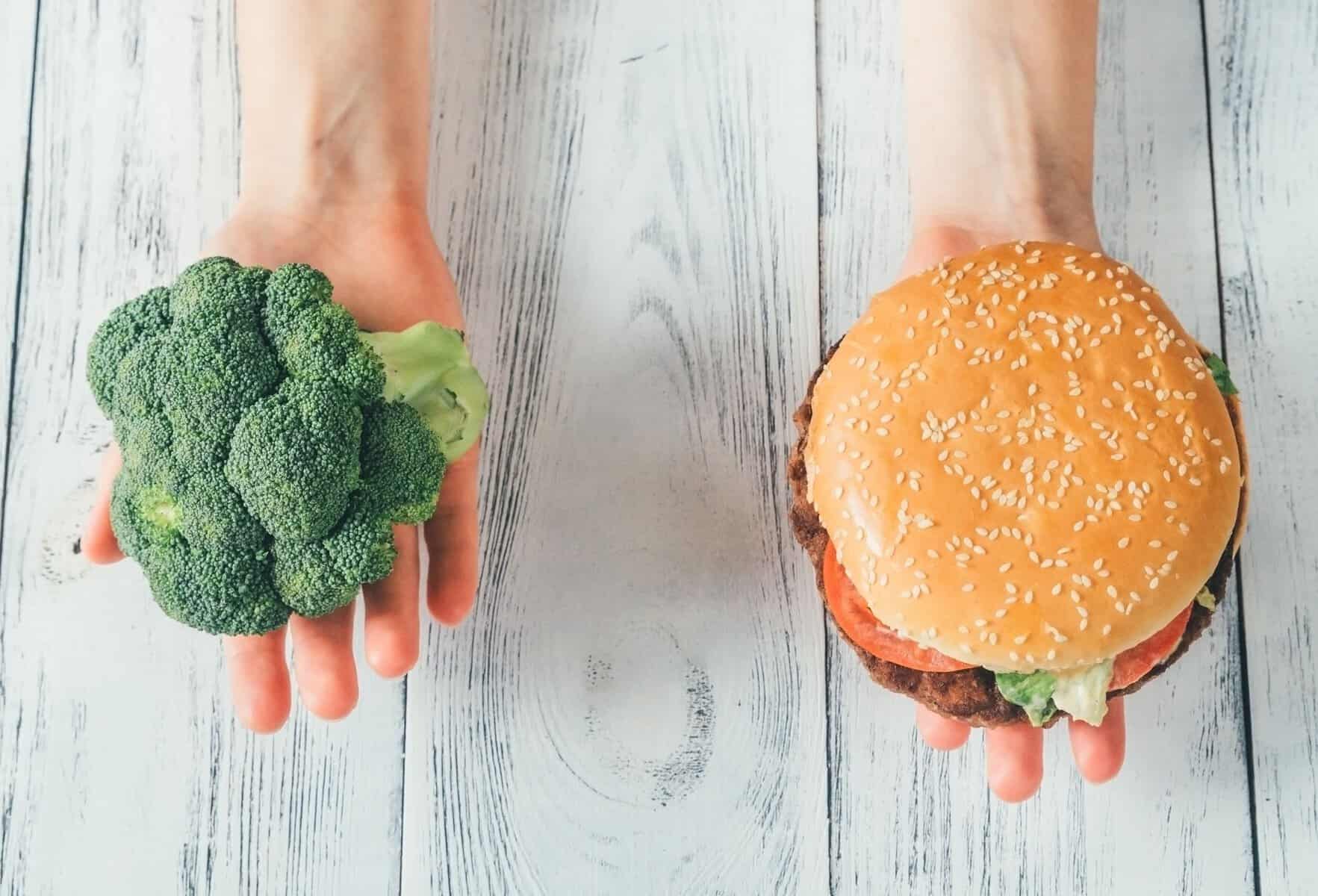
Ever wanted to know what a dietitian considers a ‘bad’ food? Of course, the list must be very long. Diet culture tells us that all kinds of foods are bad for us, so if someone is an expert on healthy eating, they must see lots of foods as bad…right?
Actually, the list isn’t really that long at all. Here is the most comprehensive list of ‘bad’ foods that a dietitian will never eat and never recommend that you eat, according to an actual, real, and qualified nutrition professional!
1. Foods that will kill you (or legitimately make you very sick)
Allergic to something? Bad food. Not allergic to a food? Not a bad food. If you have a reaction to a food that will put your health or life at risk, then that food is a bad food for you. If you don’t have a reaction, then it’s not a bad food.
It’s also important to remember that if someone has a medical reason for avoiding a particular food, that doesn’t mean it’s a bad food for everyone. It just means that it’s in that person’s best interests to avoid that food.
2. Foods that have gone off
Lumpy milk? Steak a bit green? Found some hairy stuff growing on your fruit? Cream smells kind of sour? You should probably chuck it out.
This should go without saying, but any food that has gone off is most definitely a bad food.
3. Things that aren’t food
A chair is a bad food. A table is a bad food. A house is most definitely a bad food. If you find that you’re craving something that isn’t intended as a food item, then check in with a dietitian, GP, or a psychologist to see if there’s something else going on.
That’s it.
Wait, that’s all? The list didn’t include carbs, or sugar, or dairy, or meat, or packaged foods, or takeaway or…
Yep. That’s it.
This is because there actually isn’t any one food (other than those in the list above) that is in and of itself a ‘bad’ food. Food can’t be bad as food doesn’t have morals or values. It just is.
If there isn’t really any food that is a bad food, by extension, no food is inherently a ‘good’ food either.
An example
Imagine a jellybean. Pick your favourite colour or flavour (I love the red ones, but you can imagine your favourite). Diet culture will tell us that the main ingredient in this jellybean, sugar, is very bad for you.
Now imagine that you eat three jellybeans and NO OTHER food every single day for a year. How are you going to feel? Pretty rotten I’m guessing. Not because you ate some jellybeans, but because you didn’t eat anything else.
Next, imagine that you eat three jellybeans every day and the rest of your diet includes plenty of foods from the five food groups. You get some good sources of fibre, enough nutrients to supply what your body needs, and you enjoy and look forward to the foods you eat. And mixed into all of this is three jellybeans every day. In this context, are jellybeans a bad food? Again, no. Your dietary pattern is one that can lower risk for health complications, and it’s one that you enjoy. It just happens to include some jellybeans every day. Sounds like a win to me.
Last example. A person with diabetes whose blood sugar levels have suddenly dropped very low. Three of these tasty little jellybeans will bring that person’s blood sugar levels back up and potentially save that person’s life. A bad food can’t do that.
It’s all about context
When we view food as good or bad, we take that food out of context and apply a label that is at best unhelpful and at worst can lead to feelings of guilt or shame.
Without realising it, we often tend to internalise the idea that if we eat a bad food then we must be a bad person, so that label then leads us to feeling terrible about ourselves anytime we have one of these foods.
In the first two examples above, the context had a much bigger impact than the jellybeans, and this is important when considering the components of your diet. A healthy or unhealthy diet is not determined by the individual foods within it, but by the overall pattern of intake over a long period of time. Therefore, there isn’t any one food in that diet that can be considered a ‘bad’ component.
Food as a resource
Your body is really good at breaking food down into its tiniest parts and putting these parts to use.
There isn’t any one food that has all the resources that your body needs to function well, so we need to eat a variety of different foods get all the parts we need.
Eating a variety of foods is important – not just your fruit and veg but also grains, dairy/alternatives, and meat/alternatives as well.
For this reason, no one food is inherently ‘better’ than any other. They’re all just different. Some have more of some nutrients, some foods have more of other nutrients and some foods don’t have very many nutrients at all. They’re just very tasty, like our jellybeans.
If your diet includes a variety of foods from the core food groups, then you stand a good chance of getting everything your body needs. And if from time to time that diet happens to include some jellybeans, or chocolate, or pizza, or any other food that diet culture labels as ‘bad’, then that’s fine. Because in the context of a healthy diet, these foods can provide a little joy and happiness. And that seems pretty good to me.
Are you wanting to nourish your body without rules or restrictions? Then our team are here to help! Dietitians are not the food police, but are highly trained individuals who provide evidence-based nutrition advice to help support YOUR health and wellbeing in a way that works for YOU!



